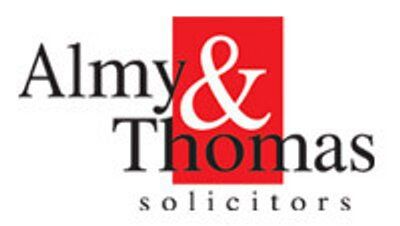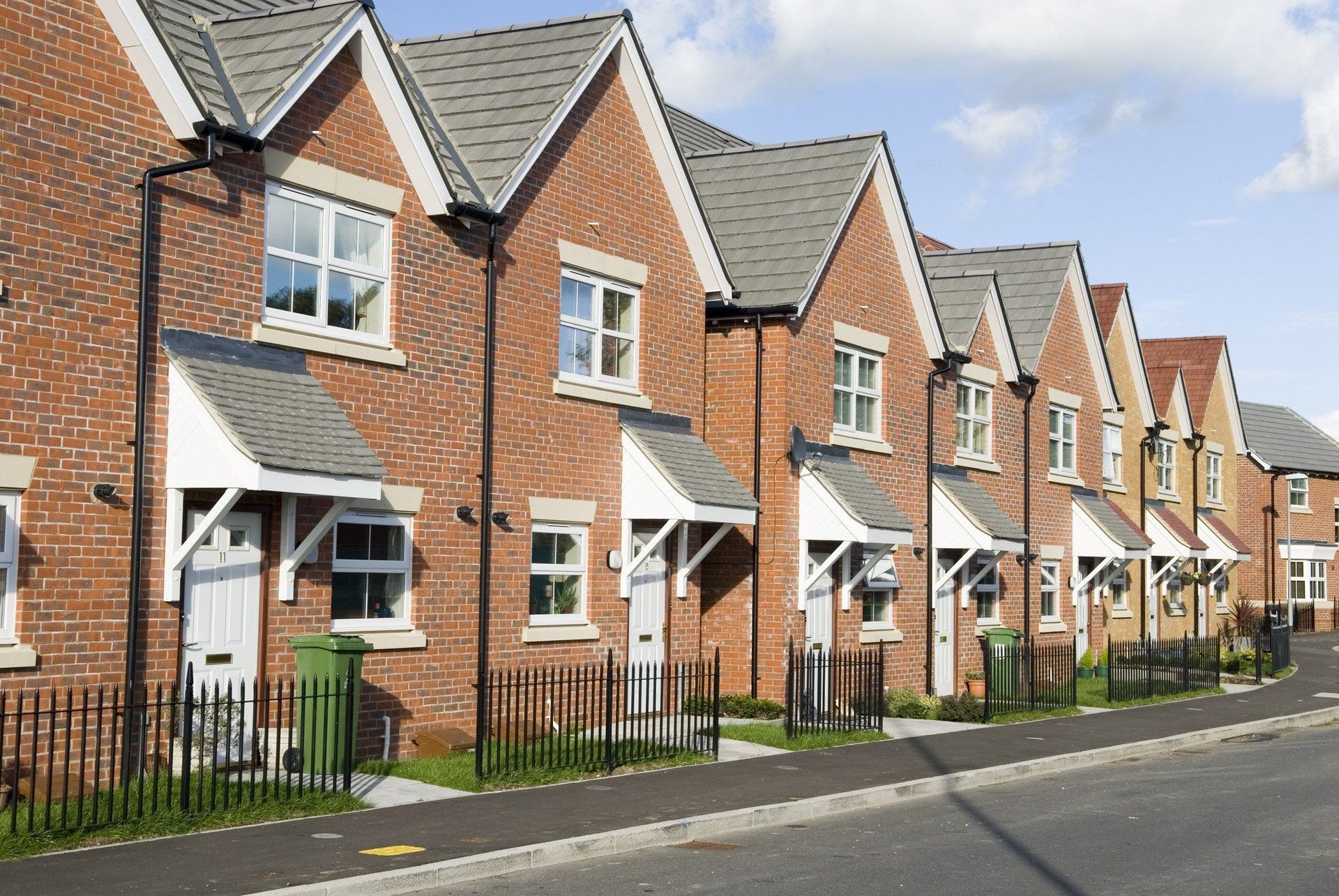
A Guide to Mortgage Interest Rates From Your Conveyancing Solicitors

If you’re a first-time buyer, mortgage rates can be confusing along with all the other things you need to understand. It’s important you know what mortgage interest rates are and how they can change, as it isn’t just your monthly repayments that you need to be aware of.
In this guide, we will help explain mortgage rates so you can continue with the conveyancing process without worry.
What are the different types of mortgage rates?
There are two types of interest rates, a fixed rate and a variable rate. A fixed rate will stay the same for several years, typically 2 to 10 years and a variable rate is likely to change.
Fixed-rate
If you choose a fixed-rate mortgage, the interest you pay will stay the same throughout the length of the deal, regardless of what happens to interest rates in the market. They will usually be advertised as a ‘two-year fix’ or ‘five-year fix’ along with the interest rate for that period. When this period ends, you’ll move on to a standard variable rate. These are good for peace of mind but are usually slightly higher than variable mortgages and you won’t benefit if the interest rates drop.
Variable rate
If you choose a variable interest rate, the rate can change at any time. You will need to make sure that you have some savings set aside so that you can afford an increase in your payments should they rise. You can sometimes find discounted variable rates for a period at the start.
Standard variable rate
A standard variable rate is what a mortgage lender applies to their standard mortgage and often roughly follows the Bank of England’s base rate movements. If you are on your mortgage lender’s SVR, you will stay on this rate for as long as your mortgage lasts. These rates usually follow the Bank of England rate, so they may rise or fall after a change in the Bank of England base rate.
Discounted rates
A discounted interest rate is a discount off the lender’s SVR and only applies for a certain amount of time, usually two or three years. However, it pays to shop around as SVRs differ across different lenders, don’t assume that the bigger the discount, the lower the interest rate.
For example, Bank A has a 2% discount and SVR of 6% so you’ll pay 4%. But Bank B has a 1.5% discount off an SVR of 5% so you’ll pay 3.5%. Although Bank A has the bigger discount, Bank B has the cheaper option.
If you’re looking for conveyancing solicitors, the team at
Almy & Thomas are here to help. We can provide extensive support throughout the conveyancing process, so for conveyancing quotes for your house move,
give us a call.







